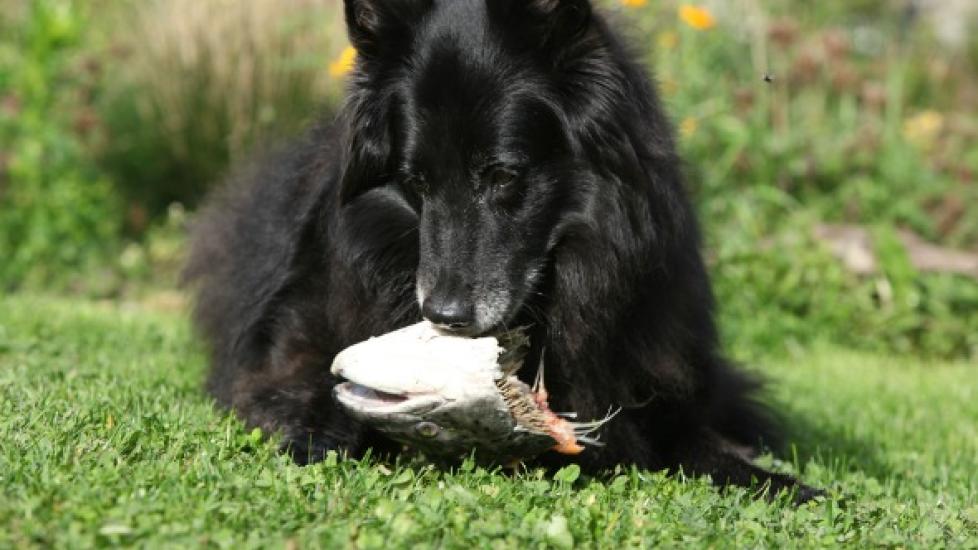Title: The Silent Killer: Understanding Salmon Poisoning Disease and How to Protect Your Canine Companion
Introduction:
In the realm of canine health, certain diseases lurk silently, waiting to strike without warning. One such disease is salmon poisoning, a condition that, despite its insidious nature, remains relatively unknown among many dog owners. This article aims to shed light on this potentially fatal illness, equipping you with knowledge to safeguard your beloved pet’s well-being.
What Is Salmon Poisoning?
Salmon poisoning is a severe bacterial infection caused by the Neorickettsia helminthoeca bacteria, which is transmitted through infected freshwater fish or, more commonly, from eating uncooked or raw fish. When dogs consume these contaminated creatures, they ingest encysted tapeworm larvae, which then release the bacteria into their bloodstreams.
Symptoms and Diagnosis:
The onset of symptoms can be rapid, often within days of exposure. Common signs include fever, lethargy, loss of appetite, vomiting, diarrhea (often containing blood), abdominal pain, and swelling around the legs and face. Blood tests may reveal anemia, elevated liver enzymes, and low white blood cell counts, while imaging techniques like ultrasound might show enlarged organs. A biopsy of affected tissues could confirm the diagnosis if necessary.
Treatment and Prevention:
Timely treatment is crucial for recovery. Antibiotics are prescribed to combat the infection, along with supportive care measures to manage symptoms. Intravenous fluids, anti-nausea medications, and nutritional support may also be required. Preventative measures include avoiding feeding raw or undercooked fish to pets, ensuring all water sources are clean and safe, and regularly deworming your dog as recommended by a veterinarian.
Care and Management:
During the course of treatment, it is vital to monitor your dog closely. Maintain a quiet environment to reduce stress and provide comfortable bedding. Encourage small, frequent meals once the appetite returns and follow veterinary instructions regarding activity levels. Regular check-ups will ensure that healing progresses smoothly and address any complications promptly.
Conclusion:
Salmon poisoning disease is a serious threat to our canine companions, but awareness and prevention are powerful tools against it. By understanding how the disease spreads and recognizing the early signs, we can protect our pets from unnecessary suffering. Always prioritize your dog’s health by seeking prompt medical attention at the first sign of illness and maintaining regular preventive healthcare routines. Together, let us keep our furry friends healthy and thriving!
